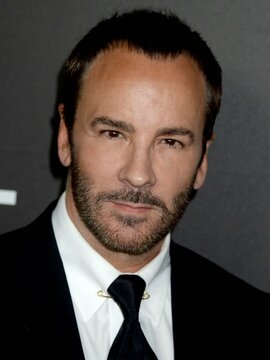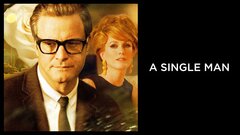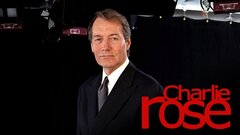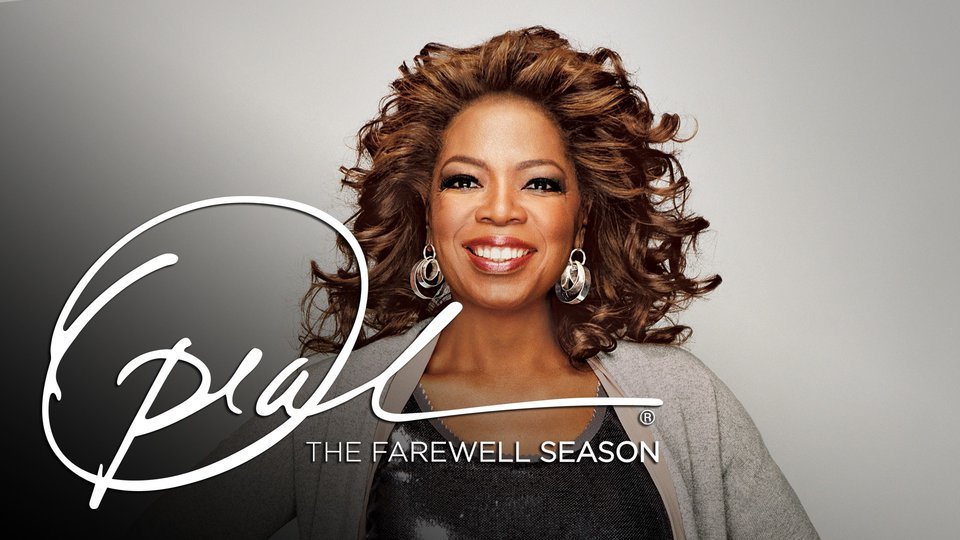Tom Ford

Fashion Designer • Director
Birth Name: Thomas Carlyle Ford
Birth Date: August 27, 1961
Age: 62 years old
Birth Place: Austin, Texas
A major figure in the late 1990s and early millennium world of international fashion, Tom Ford was a designer and creative director whose sexy, stylish creations helped to turn the houses of Gucci and Yves Saint Laurent from fading icons to powerhouse labels. A childhood steeped in creativity took Ford from the southwest to New York and Paris, where his talent and charm helped bring him into the Gucci fold. There, he brought elegance and fire to their stagnant look, and revived their fortunes tenfold. Ford's Midas touch had the same effect on Saint Laurent, but in 2004, he parted ways with both companies to strike out on his own. His reputation naturally made his own label a success, but few could have predicted that he would make a stellar debut as a director with "A Single Man" (2009). The favorable response from critics and film festivals seemed to indicate that fashion was not the only art form that Ford would master.
The son of realtors Tom Ford and Shirley Bunton, Thomas Carlyle Ford was born Aug. 27, 1961 in Austin, TX. Both parents were real estate agents, so Ford spent his formative years at his maternal grandparents' ranch. There, he made his first steps toward creativity through paint and early efforts in design. As a teenager, Ford moved with his family to Santa Fe, NM, where his interest in fashion blossomed. He found a chief ally in his parental grandmother, a larger than life Southern belle whose oversized persona and style had a considerable impact on his future career. He also began studying the work of designer Calvin Klein, and imitated his elegant, button-down look while still a student at the prestigious Santa Fe Preparatory School. At 17, Ford headed for New York to study art history at New York University.
His tenure there lasted just one year; a chance encounter with Andy Warhol introduced him to the New Year club scene and he became a fixture at the famed Studio 54 nightclub. The dusk-to-dawn schedule soon overtook his ability to attend classes, so he dropped out of NYU in 1980. Los Angeles was his next destination; there, he became a fixture in television commercials. While waiting between takes one day, he began paying attention to how the spot was being directed and thought that he might be able to do a better job at it. The experience left him with the burning desire to be in charge of his own destiny; not letting others plot his course for him.
Ford returned to New York to study architecture at The New School's Parsons School of Design. He eventually transferred to the school's campus in Paris and gained an internship at the famed French fashion house, Chloe. The fast pace and glamour of the fashion world were so captivating for Ford, he decided to switch his majors. Unfortunately, Ford learned that to do so, he would have to start all over again at The New School, so he continued, somewhat reluctantly, with his architecture degree and graduated in 1986. He managed to keep the details of his education unclear in his subsequent job searches, which may or may not have contributed to his inability to land work in the industry.
But Ford pressed on, refusing to let the endless rejections dampen his enthusiasm, and made regular visits and calls to designers and design houses every day. He finally found a patron in sportswear designer Cathy Hardwick, who was wowed by his portfolio and his considerable charm. Ford worked as a design assistant for Hardwick for two years, during which he also began his longtime relationship with Vogue editor Richard Buckley. After a brief stint with Perry Ellis, Ford and Buckley moved to Europe, where the latter used his connections to introduce Ford to such international fashion icons as Donatella Versace, Carla Fendi and Giorgio Armani. Again, he struggled to land work, despite his body of experience. Finally, Gucci's creative director, Dawn Mello, gave him a trial project. Ford's work so impressed her that he was hired as the company's women's wear designer in 1990.
At that time, Gucci was in the middle of a serious decline; its upscale design had lost favor with the buying public, and struggles between members of the Gucci family had wreaked havoc with the company's finances. Upon arrival, Ford began a major overhaul of Gucci's look; he brought sex and class to its stiff line of loafers and accessories. The results were dramatic; critical and public response was overwhelmingly positive, and Ford was quickly elevated to creative director in 1994. The rise was not without tension - he clashed with company chairman Maurizio Gucci, who resisted Ford's vision - but no one could deny the money that was flowing into Gucci's coffers once again. Ford was set loose on nearly every aspect of Gucci, from its menswear and fragrances to advertising - which frequently focused around naked or near-nude models and celebrities - and store design. In every situation, he brought a sleek, sensual quality that found favor with celebrities and average citizens alike. By 1999, Gucci under Ford's command had risen from near-bankruptcy to a $4.3 billion empire.
That same year, Gucci purchased the venerable Yves Saint Laurent Rive Gauche, and Ford became its creative director in 2000. Once again, his combination of vintage chic and elegant modernism helped to breathe new life into a struggling company, and he was rewarded with numerous Council of Fashion Designers of America awards. But by 2003, Ford's relationship with the house of Gucci began to crumble. Disagreement over his contract and creative control led to a parting of the ways between the designer and the house he had brought back to creative fruition. The news created a panic among couture buyers who rushed to Gucci stores to buy up the last of his creations. That December, the company saw earnings of $4 million in one day alone.
Ford launched his own eponymous label in 2004, which produced both men and women's accessories, beauty products, eyewear and men's and women's accessories. A fragrance, Tom Ford Beauty, followed in 2006. In typical fashion, Ford gained interest in his line through provocative imagery; his appearance on the cover of a 2006 issue of Vanity Fair which found him fully clothed between actresses Keira Knightley and Scarlett Johansson - both nude -did much to create the groundswell of attention that had turned his line into a success.
But Ford's appetite for creativity was headed in an altogether new direction. He had announced his interest in directing films as early as 2004, but was quick to point out that the project he had in mind for his debut would have nothing to do with fashion. In 2009, he released his first feature, "A Single Man," based on the novel by Christopher Isherwood about a gay college professor who struggles to rebuild his life after the death of his longtime partner. Ford, who also co-wrote the script, was roundly praised for both the aesthetic quality of the film and the sensitivity of its characters. The picture itself went on to receive a nomination for the Golden Lion at the 66th Venice International Film Festival in 2009. Star Colin Firth received the top acting prize at that same event for his performance, and co-star Julianne Moore was nominated for a Golden Globe. The film received a limited run from The Weinstein Company in December of 2009 to qualify for the 82nd Academy Awards.
Credits

Top Gear AmericaStream

The Gospel According To AndréStream

Nocturnal AnimalsStream

Nocturnal AnimalsStream

Nocturnal AnimalsStream

The Late Late Show With James Corden

Morning After

Scatter My Ashes at Bergdorf's

CBS This Morning

In the House With Peter Bart & Peter Guber

The CNBC Conversation

Late Night With Jimmy Fallon

Odinokiy muzhchina

A Single ManStream

A Single ManStream

A Single ManStream

The Martha Stewart Show

The Ellen DeGeneres Show

Jimmy Kimmel Live!Stream

Jimmy Kimmel Live!Stream

By Jeeves

The View

Charlie RoseStream

The Oprah Winfrey ShowStream




























